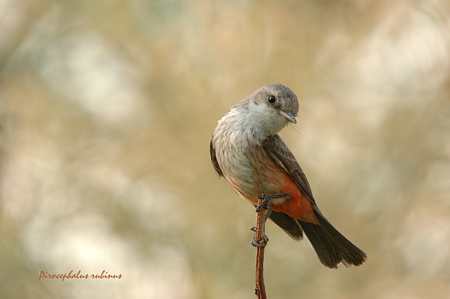
Jesús Moreno
Mexican Birds
PICTURE GALLERY 1 ALL PHOTOS © 2006 by JESUS MORENO N.

Pyrocephalus rubinus
Common name: Vermilion Flycatcher
Found throughout Mexico in arid and semi-arid areas.
Nombre común: Mosquero cardenal
En México se encuentra en zonas semiáridas o áridas de casi todo el país.
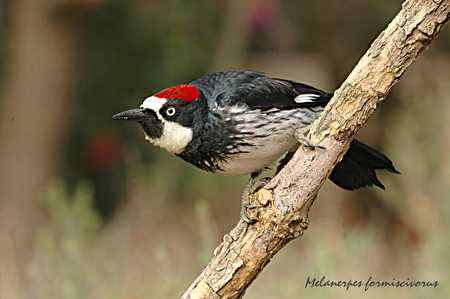
Melanerpes formicivorus
Common name: Acorn Woodpecker
Found in oak forests from the USA to Colombia.
Nombre común: Carpintero Bellotero
Habitan en robledales, desde el sur de los Estados
Unidos hasta Colombia.
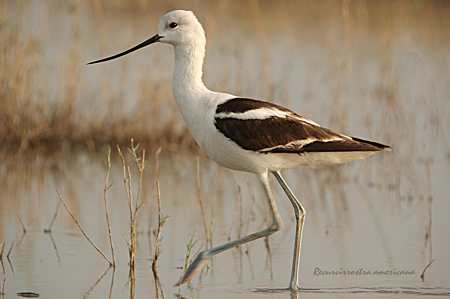 Recurvirostra
americana
Recurvirostra
americana
Common name: American Avocet
American avocets are numerous in mudflats, ponds, wetlands, and freshwater marshes and swamps.
Nombre común:
Avoceta Americana
Su hábitat de la cría son pantanos, estanques de pradera, y lagunas o lagos poco
profundos
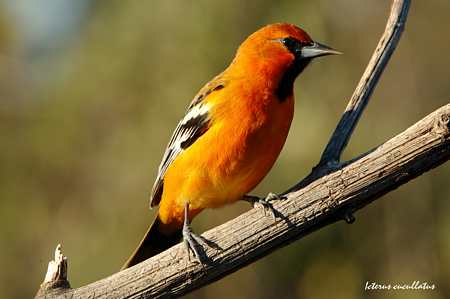 Icterus
cucullatus
Icterus
cucullatus
Common name: Hooded Oriole
These birds migrate in flocks to Mexico. Their nest is a tightly woven pouch attached to the underside of a leaf or tree branch.
Nombre común: Bolsero encapuchado
Migran desde EEUU a México. Su nido es una bolsa que ellos tejen y que cuelgan de una rama.
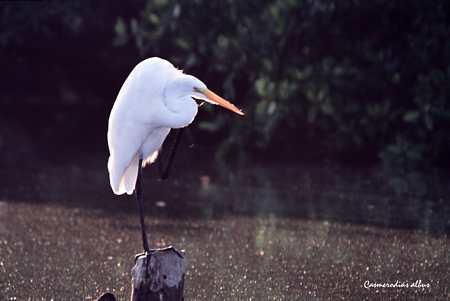 Casmerodius
albus
Casmerodius
albus
Common name: Great Egret
Found in swamps, estuaries, lake shores and rivers.
Nombre común: Garza Blanca
Se encuentran en pantanos, esteros, bordes de lagos o lagunas, salinas, charcos de agua salada y ríos.
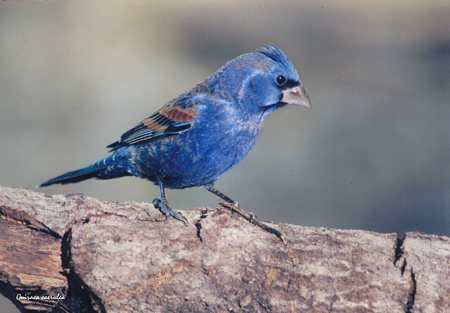
Guiraca caerulea
Common name: Blue Grosbeak
Lives in wet forests. It eats insects and fruits. It's migratory and warbles when it sings.
Nombre común: Picogordo azul
Habita en bosques húmedos. Se alimenta de insectos y frutos. Es migratorio y gorjea al cantar.
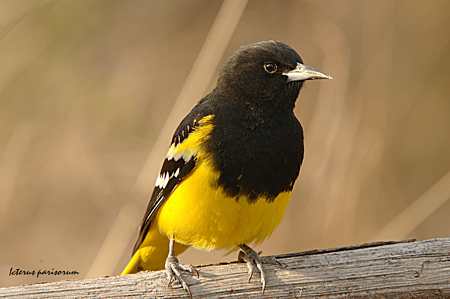 Icterus
parisorum
Icterus
parisorum
Common name: Scott's Oriole
Found in the highlands of Mexico from the northern border to Oaxaca.
Nombre común: Bolsero tunero
En México se distribuye en tierras altas de los estados del oeste y la parte central desde la frontera norte al sur, hasta Oaxaca.
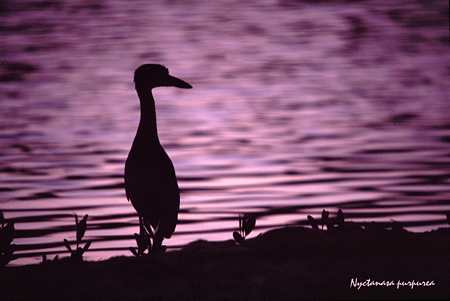
Nyctanassa violacea
Common name:
Yellow-crowned Night-Heron
Found on the shores of the Pacifica and the Gulf of Mexico. Likes swamps,
mangroves and other areas with high bushes and trees.
Nombre común:
Garza Nocturna Sabacú
Se encuentra
presente en el Golfo de México y el Pacífico. Frecuenta los pantanos, manglares
y otros lugares con vegetación de arbustos altos y árboles.
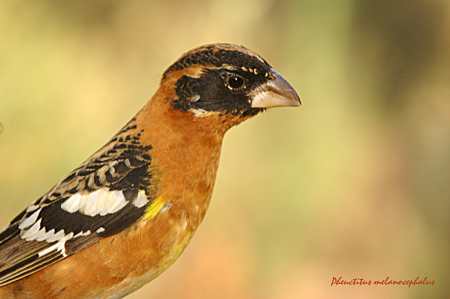
Pheucticus melanocephalus
Common name:
Black-headed Grosbeak
Lives in oak and pine forests and eats seeds, fruits and insects. Breaks open
the seeds with its powerful beak.
Nombre común:
picogordo tigrillo
Vive en bosques de pino y encino y se alimenta de semillas, frutos e insectos.
Abre las semillas con la fuerza de sugrueso pico.
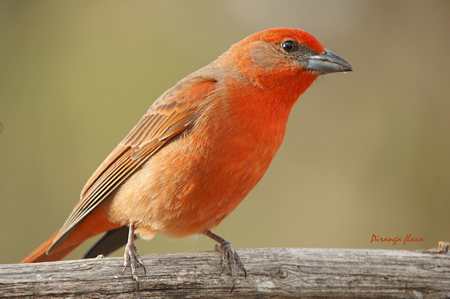
Piranga flava
Common name:
Hepatic Tanager
Nests in mountainous pine and oak woodlands. Prefers to stay high in the tree
crowns.
Nombre común: Tángara encinera
Hace su nido en bosques de pino y encino. Prefiere quedarse en la parte más alta de los árboles.
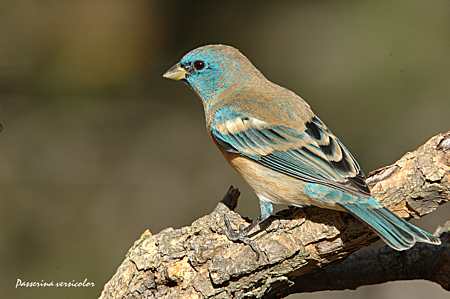
Passerina versicolor
Common name:
Varied Bunting
Found in semi-arid woods, bushes, alongside rivers and paths.
Nombre común: Gorrión Morado
Se encuentra en zonas boscosas semiáridos, matorrales, a la orilla de ríos, a lo largo de caminos.
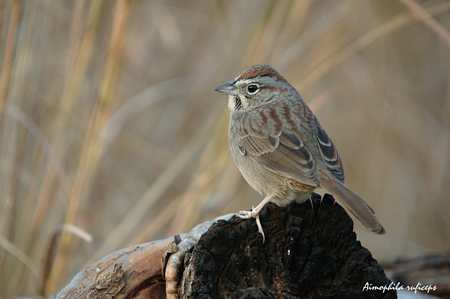
Aimophila ruficeps
Common name: Rufous-crowned sparrow
Found from northern Mexico to northeastern Costa Rica. Mainly lives in mountains, oak and pine forests, etc.
Nombre común:
Zacatonero corona rufa
Se distribuye desde
el norte de México hasta el noroeste de Costa Rica. Habita principalmente en las
montañas, encinares, bosque de pinos, etc.
 Jesús
Moreno spends many hours of every day photographing birds from behind blinds he
has built in several areas of the Primavera Forest, located just west of
Guadalajara, Mexico.
Jesús
Moreno spends many hours of every day photographing birds from behind blinds he
has built in several areas of the Primavera Forest, located just west of
Guadalajara, Mexico.
Jesús Moreno Navarro was born in Mexico City and fell in love with nature during the many trips his family took deep into the countryside around the big city. At sixteen, Moreno went to Queretaro to study Agronomy. He interrupted his program for a year of work in El Grullo, Jalisco, after which he finished his studies at the Guadalajara Autonomous University (UAG) and began his career as a teacher.
For many years, however, Jesús Moreno N. was best known in Guadalajara for his ecological cartoons, which appeared regularly in the newspaper El Occidental. His drawings and cartoons also graced the pages of SUBTERRANEO, a bilingual (English and Spanish) bulletin on cave exploration in western Mexico and embellished various books, including Outdoors in Western Mexico by John and Susy Pint and many volumes of the English courses published by Editorial Trillas.
Jesús Moreno has traveled from the Redwood forests of California to jungles of Costa Rica and the Amazon to photograph or sketch the flora and fauna which have always fascinated him. In his own words: "Más que nada me gusta andar por la naturaleza. Me interesa el macro, las aves y relaciono mi segunda afición, las orquídeas con la fotografía. Tengo Una mil fotos en papel y diapositivas y un archivo digital que crece y crece."
His Gear: two Nikon bodies, FM 2 y N 80; digital D70; lenses: Nikkor 28-80 G, Sigma 28-300, Sigma APO 50-500,Sigma 105 macro and Nikon DX 18-70T,Teleconvertor 2x and a Cosina 70-210. Flashes: Nikon SB 30 Y SB 28, SB800; cables: SC17, SC18 and SC19, AS10. Tripods: 190D y 190 Nat, heads 141c y 222 and other gadgets, filters, extension , remote control, etc.
More of Jesús Moreno's photos can be seen at Fotonatura: Collection One Collection Two Collection Three